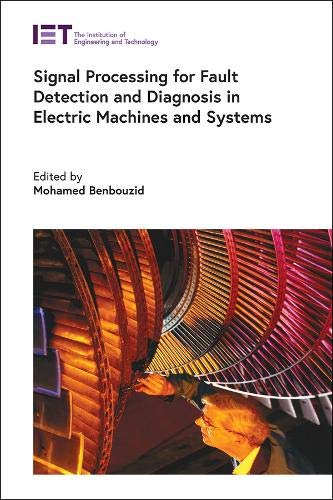

Most ebook files are in PDF format, so you can easily read them using various software such as Foxit Reader or directly on the Google Chrome browser.
Some ebook files are released by publishers in other formats such as .awz, .mobi, .epub, .fb2, etc. You may need to install specific software to read these formats on mobile/PC, such as Calibre.
Please read the tutorial at this link: https://ebookbell.com/faq
We offer FREE conversion to the popular formats you request; however, this may take some time. Therefore, right after payment, please email us, and we will try to provide the service as quickly as possible.
For some exceptional file formats or broken links (if any), please refrain from opening any disputes. Instead, email us first, and we will try to assist within a maximum of 6 hours.
EbookBell Team

4.8
74 reviewsOver the last three decades, the search for competitiveness and growth gains has driven the evolution of machine maintenance policies, and the industry has moved from passive maintenance to active maintenance with the aim of improving productivity. Active maintenance requires continuous monitoring of industrial systems in order to increase reliability, availability rates and guarantee the safety of people and property.
This book presents the main advanced signal processing techniques for fault detection and diagnosis in electromechanical systems. It focuses on presenting these advanced tools from time-frequency representation and time-scale analysis to demodulation techniques, including innovative and recently developed options. Each technique is evaluated and compared, and its advantages and drawbacks highlighted. Parametric spectral analysis, which aims to handle some of the main drawbacks of these approaches, is introduced as a potential solution.
Signal Processing for Fault Detection and Diagnosis in Electric Machines and Systems offers thorough, analytical coverage of the following topics: parametric signal processing approach; the signal demodulation techniques; Kullback-Leibler divergence for incipient fault diagnosis; high-order spectra (HOS); and fault detection and diagnosis based on principal component analysis. Finally, a brief conclusion suggests some possibilities for the future direction of the field.
The book is a useful resource for researchers and engineers whose work involves electrical machines or fault detection specifically, and also of value to postgraduate students with an interest in entering this field.